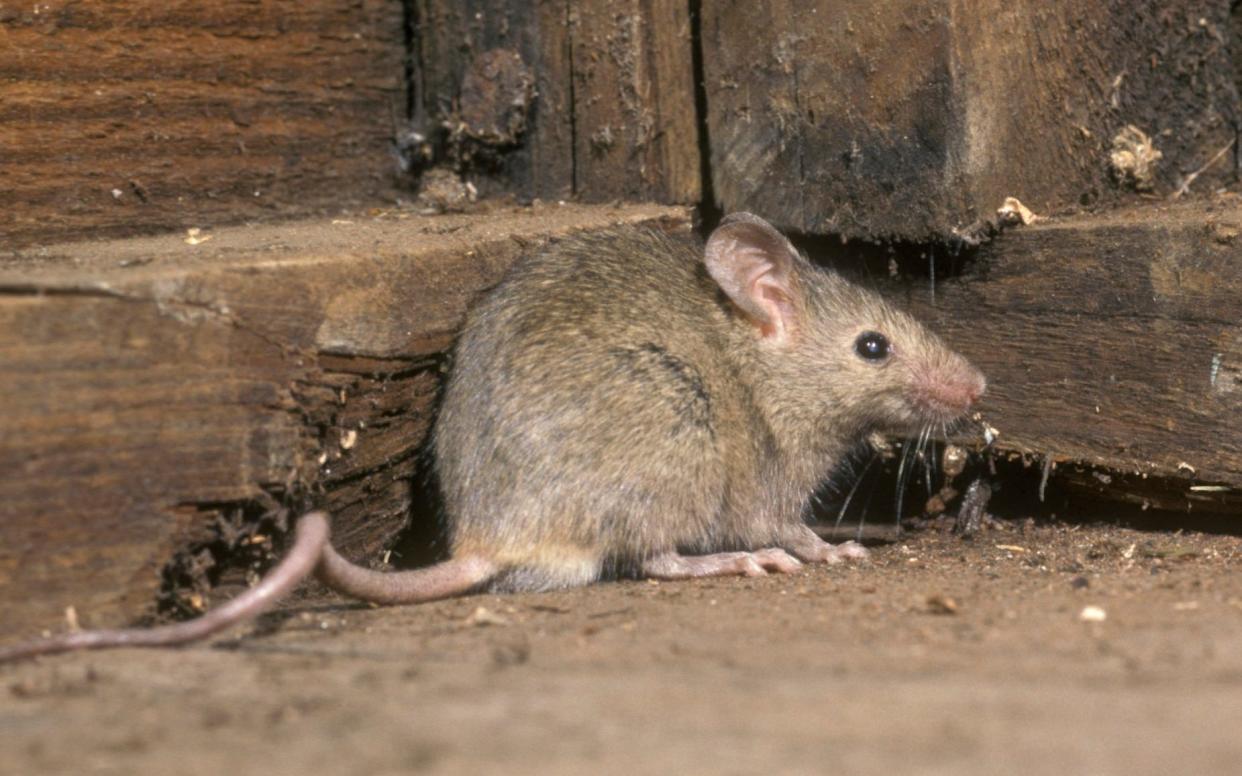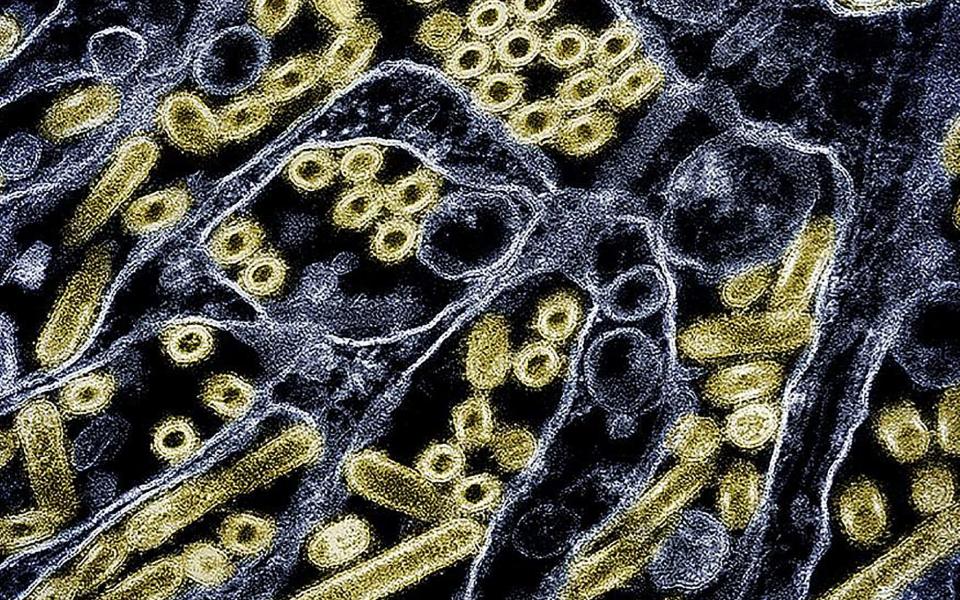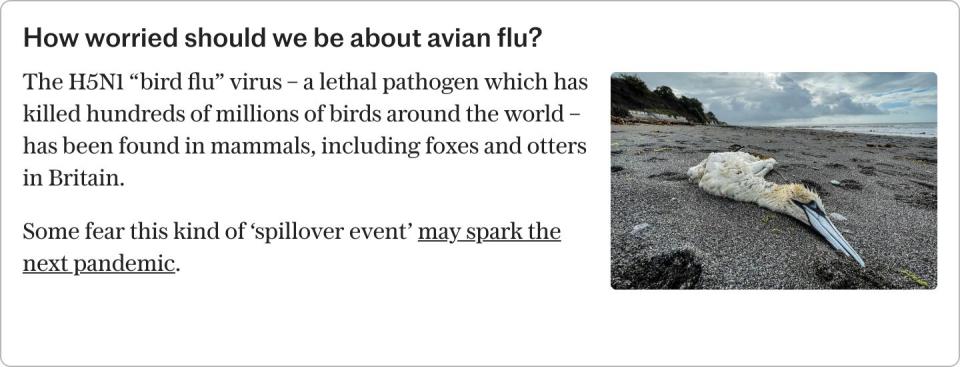‘Out of control’: Why the discovery of H5N1 bird flu in mice is so alarming

House mice have become the latest mammal to become infected with H5N1 bird flu, sparking fears that the almost omnipresent pests could spread the virus to humans.
Eleven house mice in the state of New Mexico – where several herds of dairy cattle are infected with H5N1 – tested positive for the avian influenza, new data released by the US Department of Agriculture (USDA) has shown.
The discovery of the virus in mice is particularly alarming, as it significantly raises the risk of human transmission and further spread, say experts.
Mice live in unnervingly close proximity to humans: they scurry beneath floorboards, hide in cupboards and roam our offices, larders and restaurants.
Their excreta – urine, droppings and saliva – can carry and transmit a wide array of pathogens.
“This brings the virus closer to human homes,” Dr Rick Bright, a former head of the US Biomedical Advanced Research and Development Authority (BARDA), told The Telegraph. “It increases the risk of direct exposure and infection.”

Although USDA have not released any information about how the mice contracted the virus, scientists suspect the creatures lived on a farm, and became infected after consuming unpasteurised milk from infected cattle.
A study was released a month ago documenting the death of cats from Texas which are thought to have contracted the virus via the same route.
The US authorities are warning consumers not to drink unpasteurised milk or other dairy products.
Mice don’t stay in one place and can act as efficient vectors for disease.
Travelling in groups, they can climb through pipes, voids, and other tight spaces to move with ease from place to place, house to house. They thrive in groups of up to two dozen and practically live on top of each other – meaning viruses can rapidly spread between them.
“House mice living near infected farms can spread H5N1 virus into residential areas, making containment of the outbreak significantly more challenging,” explained Dr Bright. “This is out of control.”
Need for ‘immediate action’
Rodents are infamous reservoirs of disease, and are responsible for a number of epidemics. The bubonic plague, or ‘Black Death’ – which killed off half of Europe in the 1300s – was transmitted via rats.
Lassa Fever – which causes around 5,000 in West Africa every year – is carried by multimammate mice, which contaminate human food sources through urine and faeces.
“We know mice can transmit pathogens like hantavirus, leptospirosis, and LCMV,” explained Dr Krutika Kuppalli, a spokesperson for the Infectious Disease Society of America and former WHO medical officer.
“I suspect this could happen with H5N1, but we will need more studies to understand this,” she said.
“We need urgent comprehensive testing to prevent a wider health crisis – the history of rodent-borne pandemics like the Black Death underscores the potential severity of the H5N1 virus’s spread into house mice, and the need for immediate action,” added Dr Bright.

USDA has released limited information on how the mice became infected.
Data uploaded on Tuesday revealed the creatures tested positive for H5N1 on May 8 – almost a month ago. Authorities have also not released any genetic sequence data, meaning there is no information on whether the virus has mutated to better spread between mammals, something Dr Bright says is “very concerning”.
H5N1 has been circulating for over twenty years, but in 2020 picked up speed – triggering an animal pandemic that has killed tens of millions of mammals and birds, including foxes, seals, alpacas, polar bears, and mountain lions.
In March, the virus was detected in US cattle – and since has spread to 71 dairy herds in nine US states. Three dairy workers at farms in Texas and Michigan have also become infected – sparking major fears over the virus’ ability to ‘jump’ to humans.
Last month, the US government announced $200 million of funding to try and get the virus in dairy cows under control, including support for dairy farms, testing, vaccine development, surveillance and measures to ensure the safety of commercial milk.
But experts don’t think the move goes far enough.

Sarah Gilbert, Professor of Vaccinology at the Jenner Institute and lead scientist on the Oxford Covid19 jab, told The Telegraph on Tuesday the information coming out of the US on H5N1 was “concerning” and urged vigilance.
Producing conventional vaccines in the event of a pandemic could take six months or more, she said, and welcomed investment in mRNA and other more rapid vaccine technologies.
Last week it was reported that Barda was set to make a multimillion-dollar investment in Moderna so that it could get its prototype H5N1 vaccine tested.
Experts also stressed the importance of better regulating the interaction between humans and nature.
“We need healthy wildlife for a healthy human population,” explained Prof Vincent Savolainen, Professor of Organismic Biology at Imperial College London. “Authorities are playing catch-up every time this virus jumps to a new species, but we need to start being proactive – not reactive.”
Protect yourself and your family by learning more about Global Health Security

